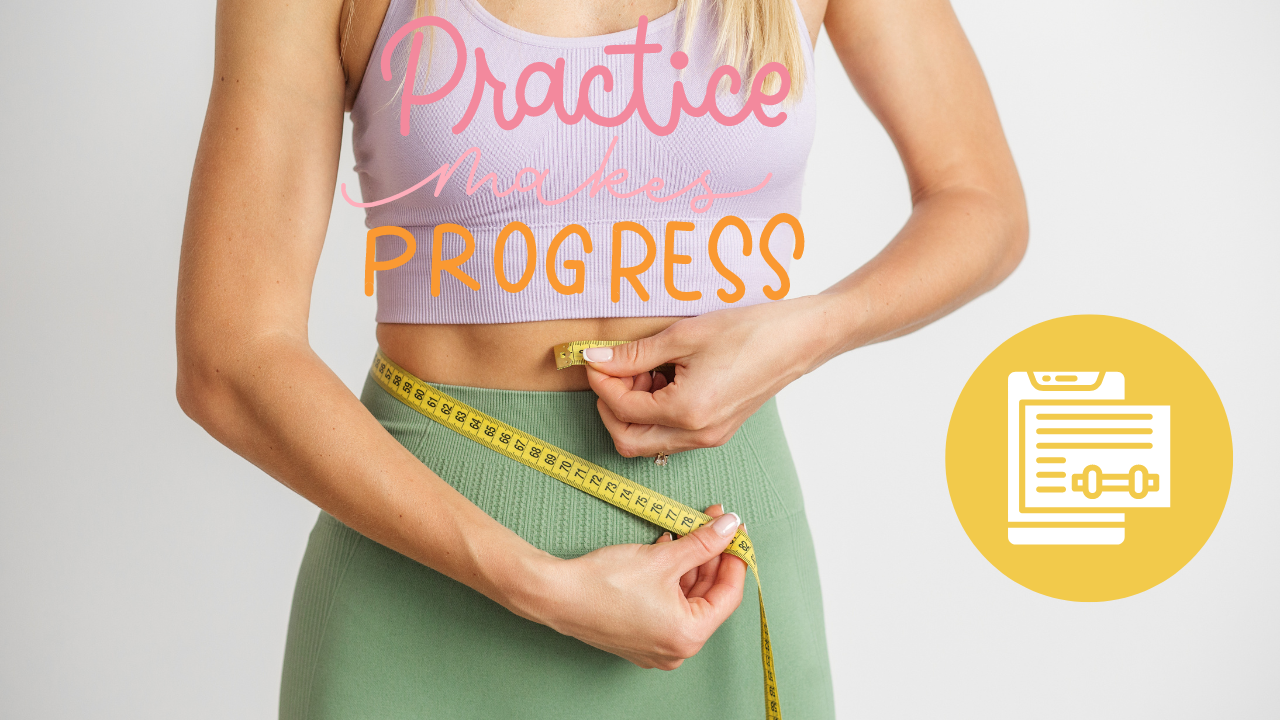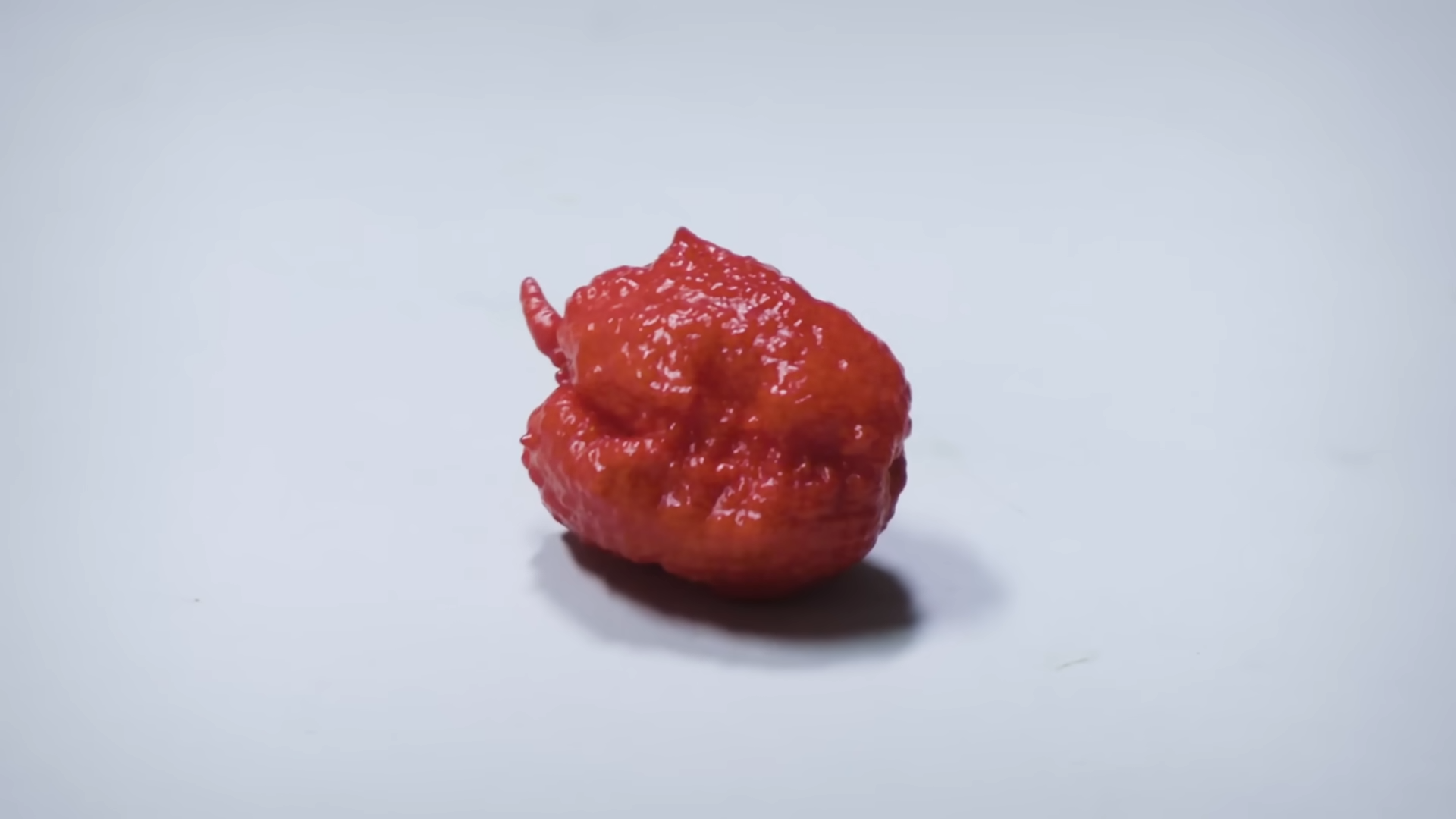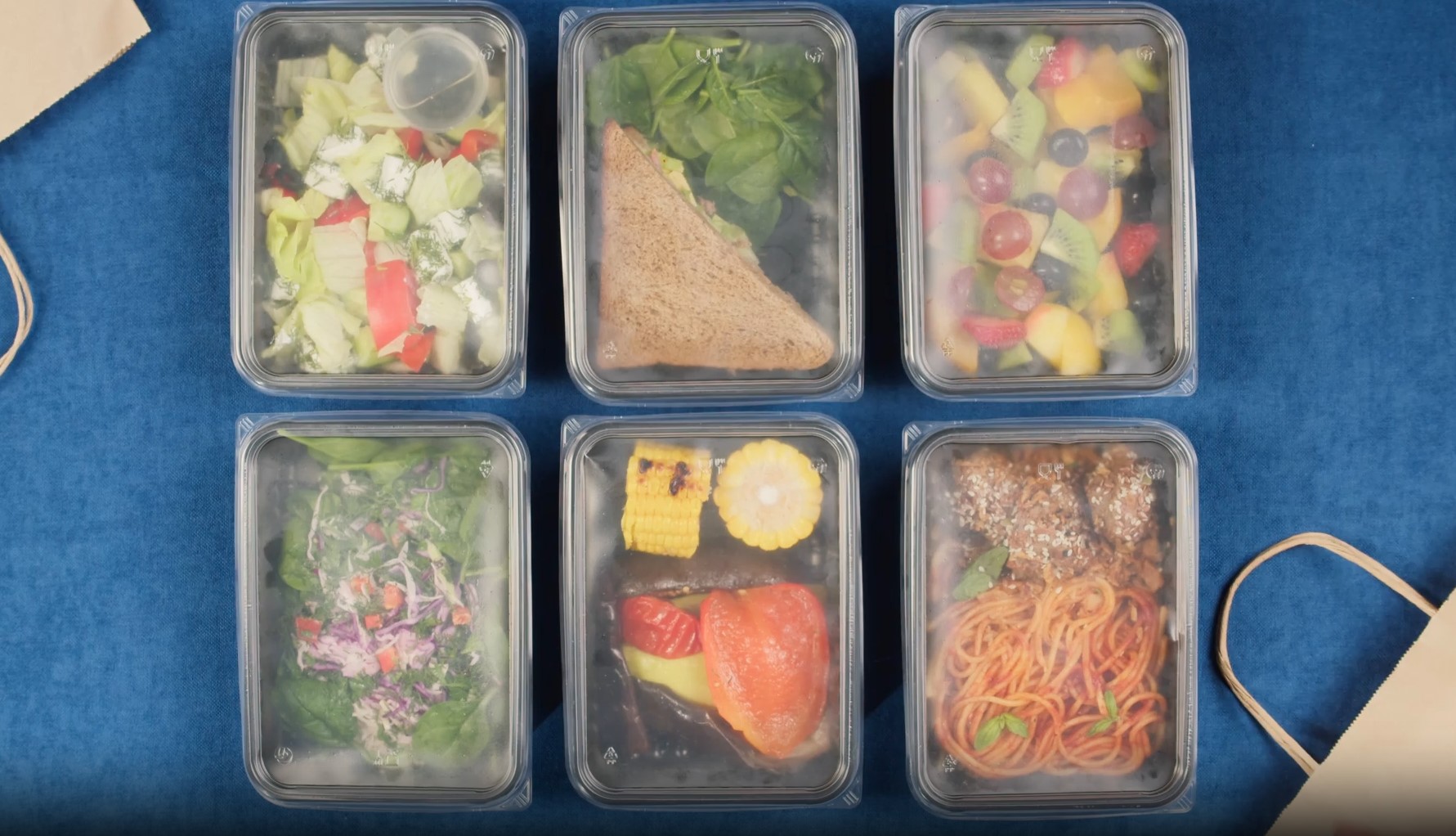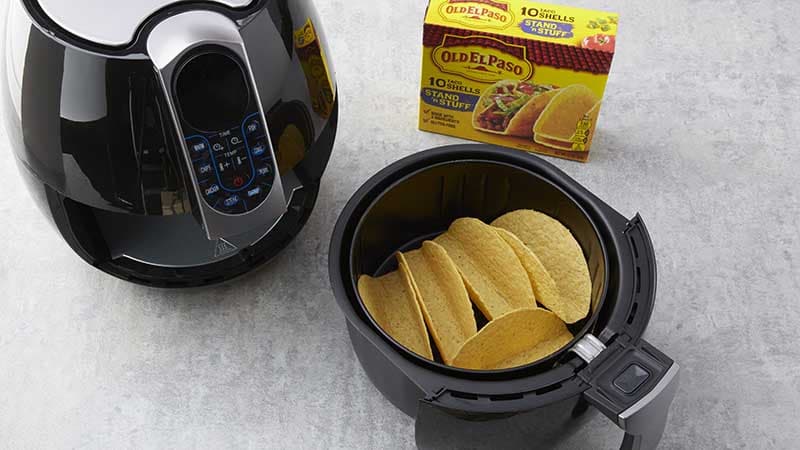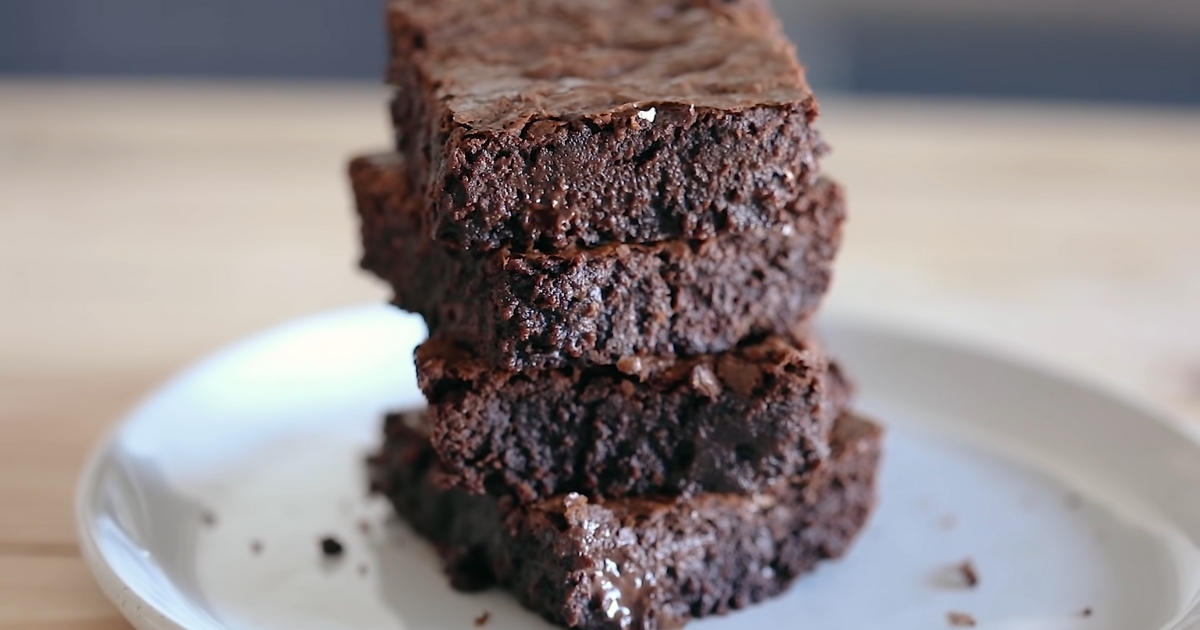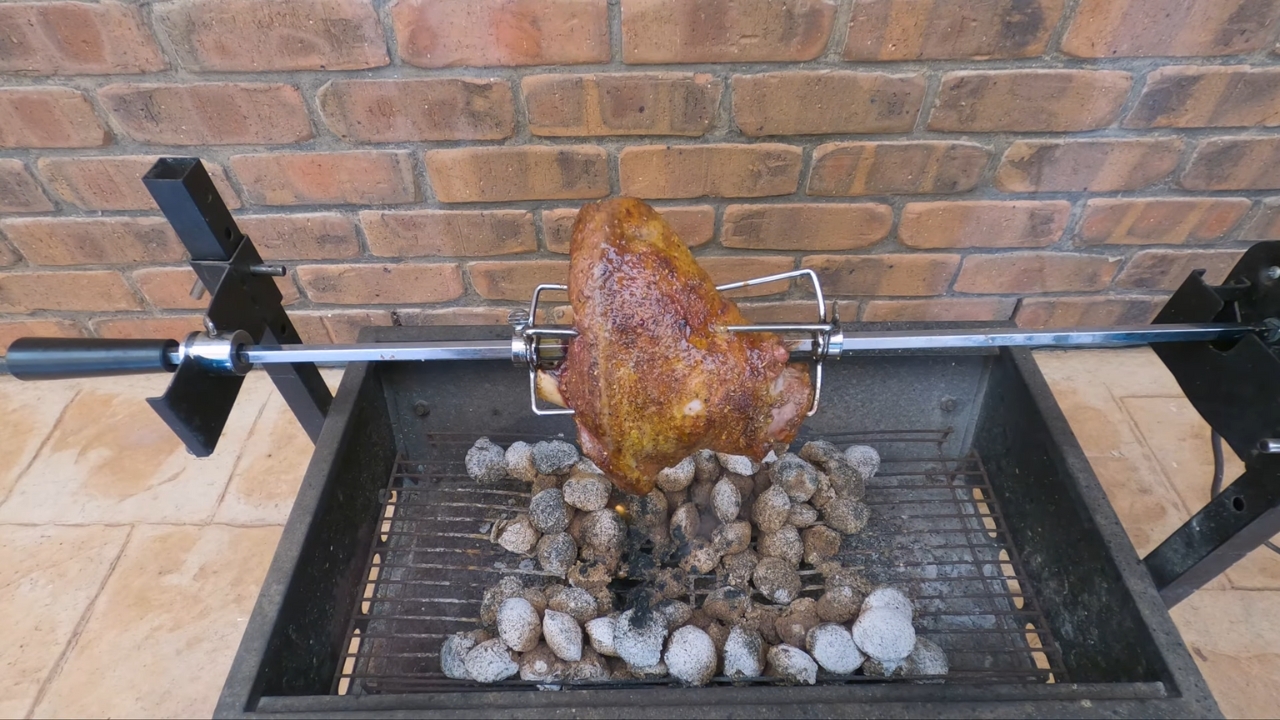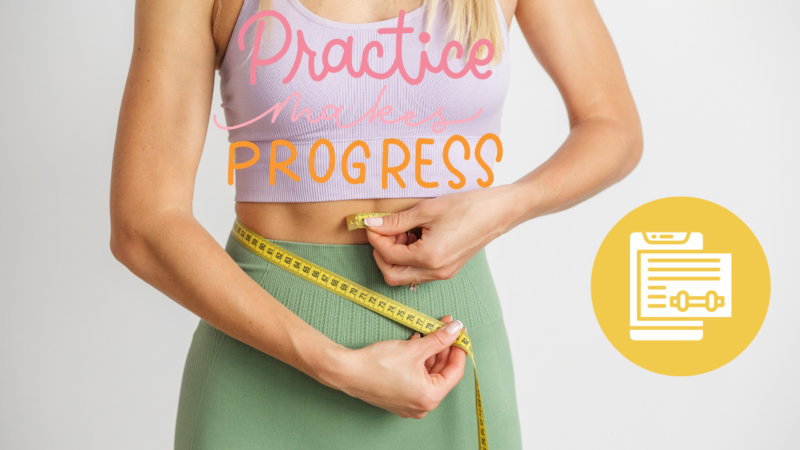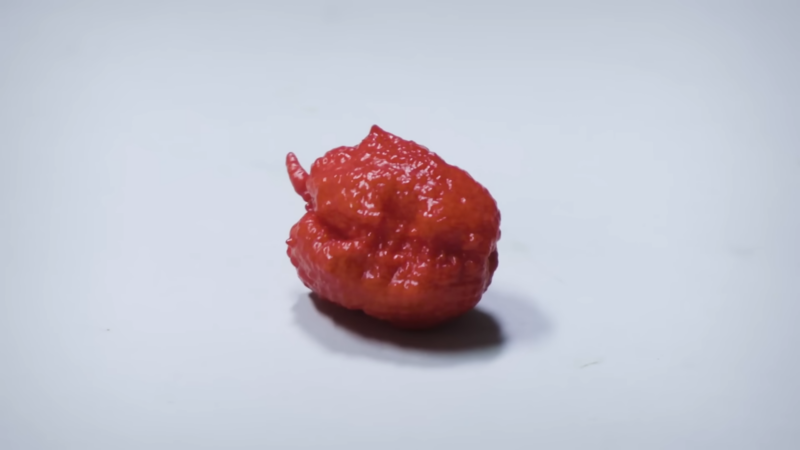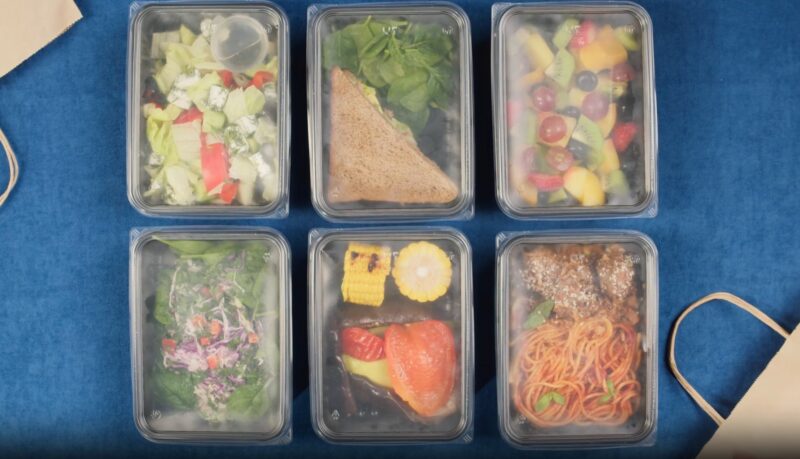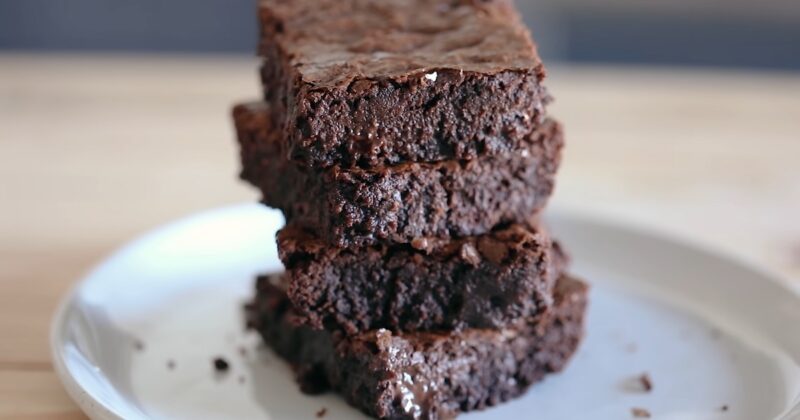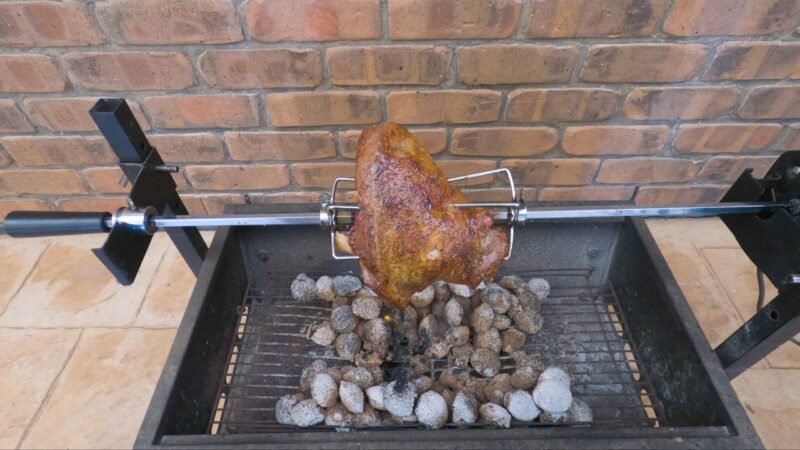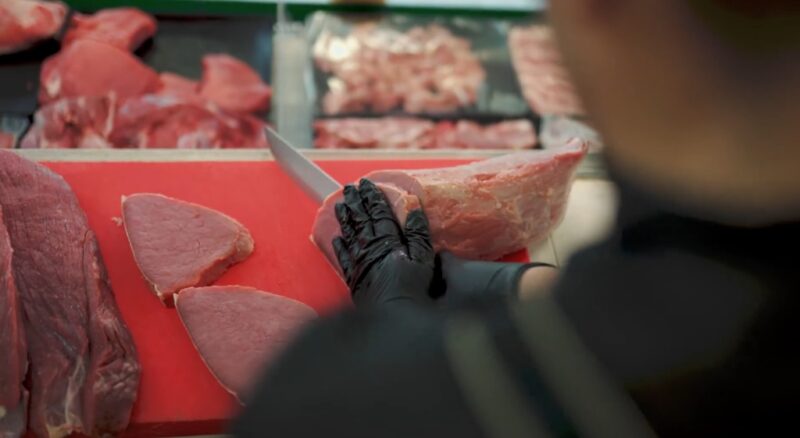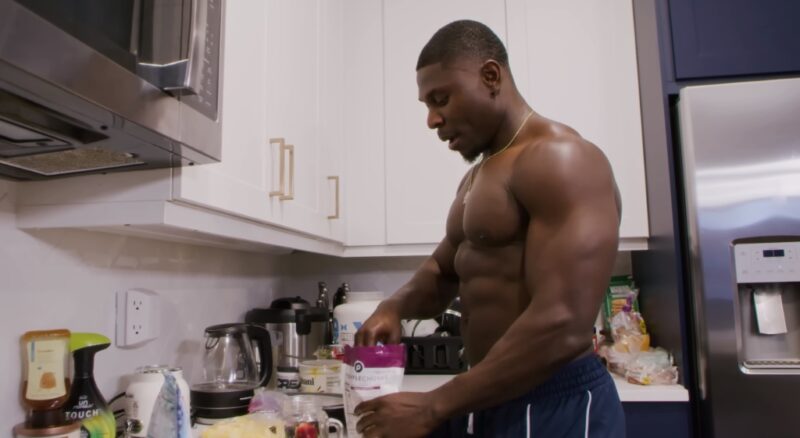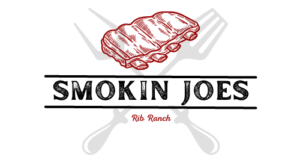
In today’s fast-paced world, frozen burgers have emerged as a savior for many, offering a delightful blend of convenience and taste. But how do you transform that icy patty into a mouth-watering masterpiece?
In this guide, we’ll unlock the secrets to the perfect burger. Here’s how you can prepare them.
Table of Contents
Toggle1. Grilling
Grilling is a favorite method for many when it comes to burgers. The smoky flavor and charred exterior are hard to resist. But grilling frozen burgers requires a bit of finesse to ensure they’re cooked evenly without drying out.
Preparing the Grill
Before you start, ensure your grill grates are clean. This prevents the burgers from sticking and ensures even cooking. Preheat your grill to medium heat, around 350°F (175°C). For gas grills, this usually means setting it to medium.
For charcoal grills, allow the coals to ash over. If you’re using a charcoal grill, arrange the coals to create a two-zone fire. This means placing most of the coals on one side and fewer on the other.
This setup allows you to move the burgers to the cooler side if they start to cook too quickly or flare up.
Grilling
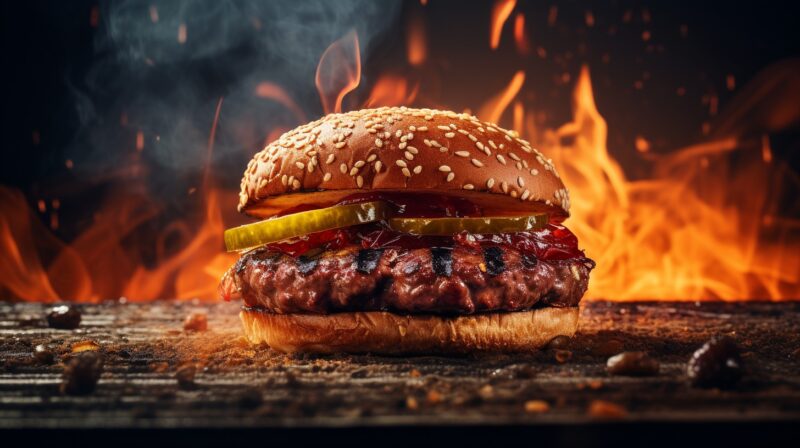
- Place the frozen burgers on the grill, ensuring there’s space between each one.
- Cook for about 6-8 minutes on each side.
- If flare-ups occur, move the meat to the cooler side of the grill.
Using a meat thermometer, check the internal temperature. For beef burgers, aim for an internal temperature of 160°F (71°C). Once they’ve reached the desired temperature, remove them from the grill and let them rest for a few minutes.
This allows the juices to redistribute, ensuring a moist burger.
2. Oven-Baking
The oven is a great tool for cooking frozen burgers, especially when you want to avoid the smoke and char of a grill. It offers even cooking and can be a more hands-off approach.
Preparing the Oven
Preheat your oven to 375°F (190°C). While the oven is heating, line a baking sheet with aluminum foil for easy cleanup. Place a wire rack on top of the baking sheet. This allows the heat to circulate around the burger, ensuring even cooking and a crispy exterior.
Frozen burgers can release a lot of juice and fat as they cook. The wire rack ensures that the meat isn’t sitting in these juices, which can make them soggy.
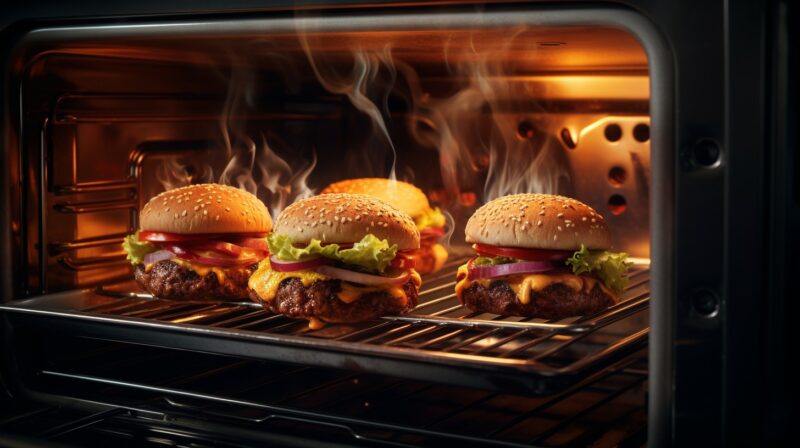
Instructions
- Place the frozen burgers on the wire rack, ensuring they’re not touching.
- Bake in the preheated oven for about 20-25 minutes, flipping halfway through.
For beef burgers, you’re aiming for 160°F (71°C).
3. Pan-Frying
Pan-frying is a quick and easy method that gives you a crispy crust and juicy interior. It’s perfect for those who don’t have a grill or oven handy.
Preparing the Pan
Choose a heavy-bottomed skillet or frying pan. Cast iron is a great choice as it retains heat well and gives a nice sear to the burgers. Heat the pan over medium heat. Once hot, add a tablespoon of oil, ensuring the base of the pan is evenly coated.
When frying, it’s essential to ensure the pan isn’t overcrowded. This can lower the temperature of the pan and result in steaming rather than searing.
What to Do?
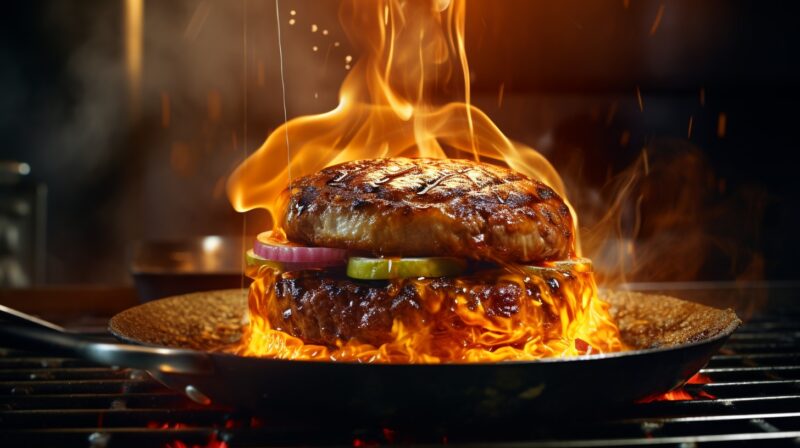
- Place the frozen burgers in the hot pan, ensuring there’s space between each one.
- Cook for about 5-7 minutes on each side. If the meat is browning too quickly, you can reduce the heat slightly.
4. Air Frying
Air fryers have become increasingly popular due to their ability to cook foods quickly while using less oil. They’re perfect for frozen burgers, providing a crispy exterior and juicy interior without the need for deep frying.
Preparing the Air Fryer
Before you begin, it’s essential to preheat the air fryer. Most models will have a preheat setting, but if yours doesn’t, simply set it to 375°F (190°C) and run it empty for about 3 minutes. Ensure the basket is clean and free from any residue.
While many people love using the air fryer because it requires less oil, it’s a good idea to lightly brush the basket with some oil or use a non-stick spray. This prevents the meat from sticking and helps achieve a golden-brown crust.
Instructions
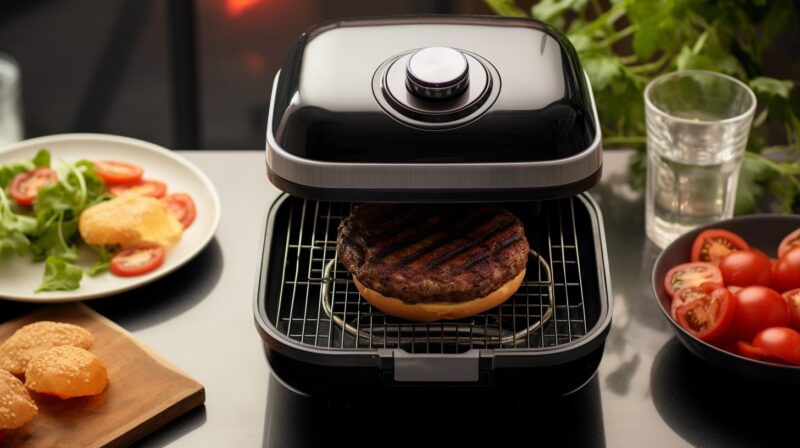
- Place the frozen burgers in the air fryer basket, ensuring they’re not touching or overlapping.
- Cook for about 12-15 minutes, flipping halfway through. The exact time might vary depending on the thickness of the burgers and the specific air fryer model.
- As with the other methods, use a meat thermometer to ensure the burgers have reached an internal temperature of 160°F (71°C) for beef burgers.
- Once done, remove them from the air fryer and let them rest for a few minutes.
Tips for Perfect Frozen Burgers
No matter which method you choose, there are some universal tips to ensure your frozen burgers turn out perfect every time.
Seasoning is Key
While many frozen burgers come pre-seasoned, adding a little extra can elevate the flavor. Before cooking, sprinkle both sides with some salt, pepper, and any other favorite seasonings.
This can make a significant difference in the final taste. Frozen burgers can sometimes be a bit bland, so don’t be afraid to experiment with different seasonings. Whether it’s a sprinkle of garlic powder, onion powder, or even a dash of smoked paprika, a little can go a long way.
Let Them Rest
This tip applies to almost all meats, not just burgers. After cooking, let your meat rest for a few minutes. This allows the juices to redistribute, ensuring a moist and flavorful bite.
It might be tempting to dig in right away, especially when you’re hungry, but those few extra minutes of patience can make a world of difference in the final result.
Serving Suggestions
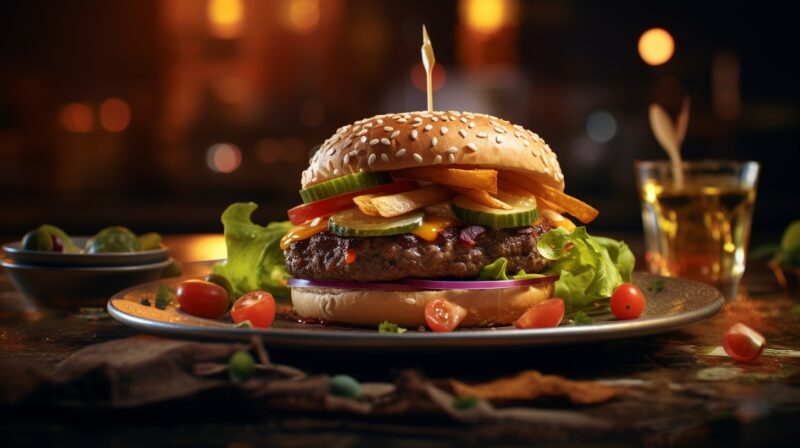
Now that you’ve mastered the art of cooking frozen burgers, it’s time to think about how to serve them.
The Right Bun
The bun can make or break a burger. Choose a fresh, soft bun that complements the size of your burger. Toasting the bun on the grill or in a pan can add an extra layer of flavor and texture.
Whether you prefer a classic sesame seed bun, a brioche bun for a touch of sweetness, or even a lettuce wrap for a low-carb option, the right “vessel” can elevate your burger experience.
A Plethora of Toppings
The beauty of burgers is their versatility. From classic lettuce, tomato, and onion to more adventurous toppings like pineapple, blue cheese, or even a fried egg, the possibilities are endless.
Experiment with different combinations to find your perfect burger. And don’t forget the condiments! Whether it’s ketchup, mayo, mustard, or a special sauce, the right condiment can tie everything together.
FAQs
Can I defrost frozen burgers before cooking them?
Yes, you can. If you choose to do so, place them in the refrigerator for several hours or overnight. However, ensure they remain in their original packaging or a sealed container to prevent cross-contamination.
Remember, cooking times will be shorter for thawed meat compared to frozen one.
How do I store leftover cooked burgers?
Leftover cooked burgers should be cooled to room temperature and then stored in an airtight container. They can be refrigerated for up to 3-4 days. When reheating, ensure they reach an internal temperature of 165°F (74°C) for safety.
Are there any health risks associated with cooking burgers from frozen?
As long as you ensure that the burger reaches the recommended internal temperature of 160°F (71°C) for beef burgers, there’s no additional health risk associated with cooking them from frozen to fresh.
Always use a meat thermometer to confirm the temperature.
Can I cook frozen veggies or plant-based burgers the same way?
Yes, frozen veggies or plant-based burgers can be cooked using similar methods. However, their cooking times and internal temperatures might vary. It’s essential to follow the manufacturer’s instructions on the packaging and ensure they’re heated through before serving.
How can I prevent my burgers from becoming too dry when cooking from frozen?
Avoid overcooking them. Monitoring the internal temperature with a meat thermometer is crucial. Additionally, some cooking methods, like air frying or grilling, can retain more moisture than others.
If you find your burgers are consistently dry, consider switching cooking methods or reducing the cooking time.
Can I marinate frozen burgers before cooking?
While you can marinate thawed burgers, marinating frozen ones can be challenging since the marinade won’t penetrate the frozen meat effectively. Instead, consider seasoning frozen burgers just before cooking or using flavorful toppings and sauces to enhance the taste after cooking.
Summary
Cooking frozen burgers doesn’t have to be a daunting task. With the right tools and techniques, you can achieve a restaurant-quality burger at home. Whether you’re grilling, baking, frying, or air frying, the key is to monitor the internal temperature and let the meat rest before serving.
Having explored all these methods, my personal favorite has to be grilling. There’s something undeniably special about the smoky aroma and the charred lines on the burger that a grill imparts. It not only evokes memories of summer barbecues but also delivers a taste that’s hard to replicate with other cooking methods.
However, no matter which method you choose, the key is to monitor the burger’s internal temperature, season well, and let it rest before diving in. Enjoy!
Related Posts:
- How to Cook Fresh and Frozen Pierogies: From Freezer…
- How To Cook Brats In The Oven: A Quick and Tasty Oven Method
- What Are Signs That Frozen Food Has Thawed and Been…
- How To Reheat Frozen Tamales - Mexican Culinary Magic
- How to Cook Beef Ribs in the Oven - A Step-By-Step Guide
- 10 Best 2 Burner Gas Grill 2023 - Cook Your Way

